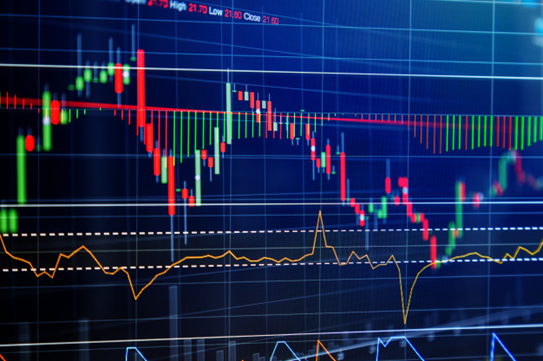A closer look at CFDs

A Contract for difference offers investors and traders diverse opportunities to profit in the market from the price movement of assets without owning the asset. This profit is calculated as the difference between the entry point of the trade and its exit point. For a CFD to be valid, there must be a broker and a client. CFD provides several advantages for traders, considering the number of assets available to trade. However,
The number of assets gives traders a whole lot of options on what instrument to trade. These assets include bonds, exchange-traded funds, and commodities.
Interestingly, there are over a thousand CFD to trade, with each having its unique feature.You cannot trade these assets without having a fundamental knowledge of trading tools such as technical analysis, market news, and an economic calendar. To give you an idea, let us discuss a few of these assets in their categories.
- Shares and stocks: You can trade CFDs of shares of companies in the market. This means you can buy the stock of a company by predicting that its price will fall or rise without owning the company's stock. Stocks comprise the largest category of CFD because of the numerous stocks available throughout the world
- Exchange-Traded Funds: They are also traded like stocks but offer exposure to different markets immediately. Exchange-traded funds are combinations of financial assets put together from different classes of assets. Most brokers don't allow the trading of ETF as CFDs.
- Index: In trading, it is the measurement of the day-to-day performance of a country's stock market. Perhaps you may have heard of FTSE100, Xetra DAX, Nasdaq, Dow Jones, and S&P500. These are popular stock indices that most traders trade in the CFD market. Trading tools such as data and analytics and market news are essential when trading index.
- Bonds: Companies or government debts issue these in exchange for funds borrowed. At times, they are called treasuries or Treasury Bills. Bond prices have an inverse connection with stock market indices. German government bonds and US treasuries are the most popular in the CFD market.
- Commodities: These are categorized as soft or hard commodities. In most trading platforms, they are divided into agricultural commodities (wheat, sugar, cocoa, cotton, coffee, corn, etc.), energy assets (heating oil, natural gas, crude oil) and metals (palladium, platinum, copper, silver, gold, etc.) These commodities are raw materials used in various industries in the world, with their prices varying. Additionally, they are the most traded in the CFD market and are very volatile.
Things to consider before trading CFD
You think you are ready to begin trading CFD, then take a step backward and understand these factors because they are crucial to your success. The following are essential factors to consider:
Regulation and Security
Yes, this is important considering the number of fraudulent brokers available online. Therefore, the first step is to ascertain if the CFD broker is regulated? Do they have all the necessary clarification from the relevant body? Do they abide by the regulations governing trading CFD? When there are regulators, you can report any broker that tends to violate your rights.
Margin Requirements
The margin requirement is offered by the broker and affects traders' ability to trade a particular class of CFD. For example, if you are trading using a UK or EU trading, there is a tight leverage cap when compared to an Australian broker.
Trading Tools
Importantly, trading tools can spell the line between success and failure in trading CFD. You should look for a platform that offers unrestricted access to news feeds and COT reports. Trading tools are fundamentally crucial for any traders because they give you an idea of what is happening in the market.
This article was submitted by LegacyFX.




